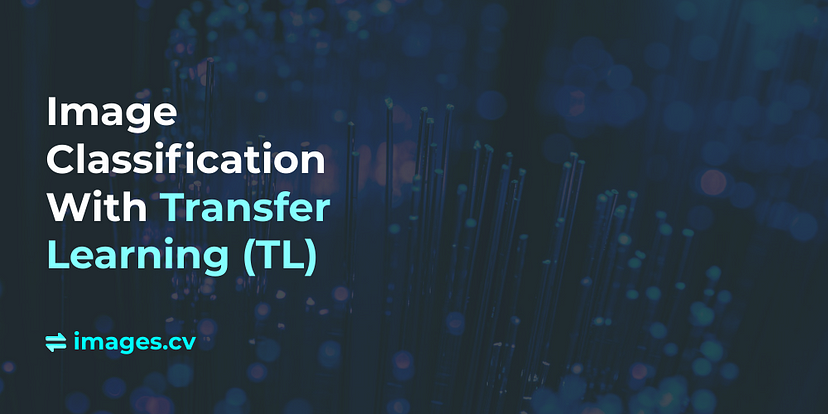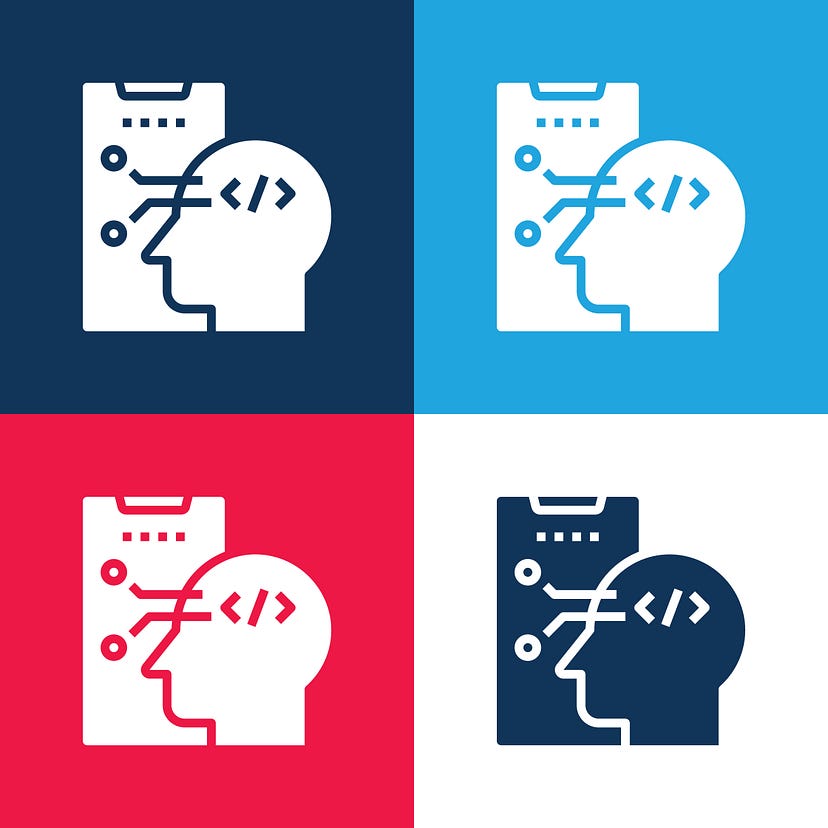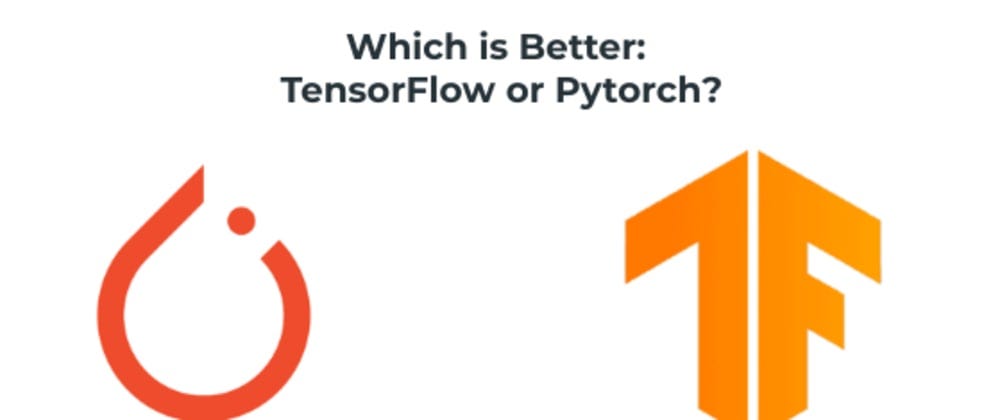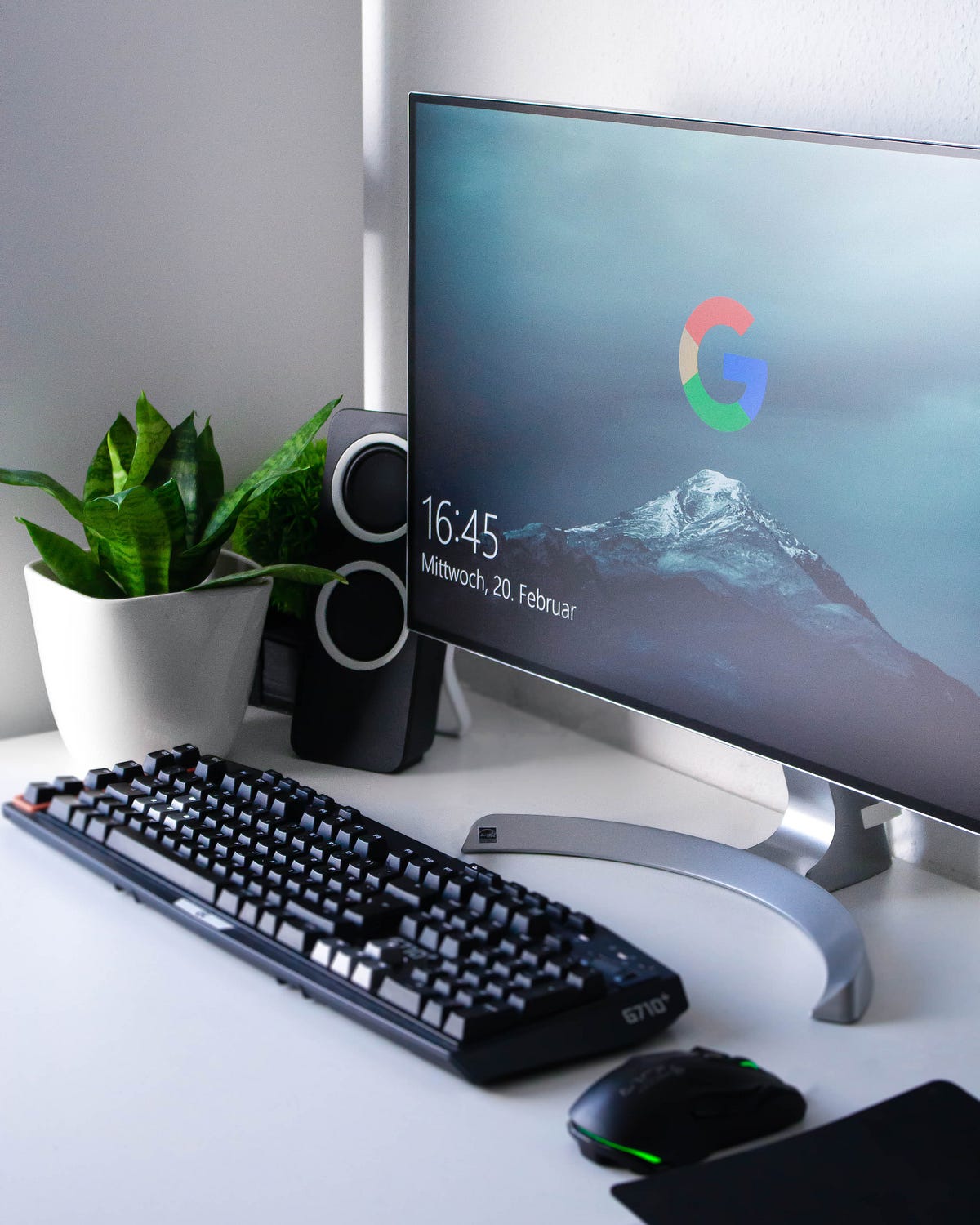Image Classification With Transfer Learning (TL) | Computer Vision Blog
Transfer learning is a type of machine learning that uses a pre-trained neural network to speed up the learning process of a new task.
The pre-trained network is usually a large deep neural network that has been trained on a large set of data, The advantage of transfer learning is that the pre-trained network has already learned to recognize a large number of patterns in the data. This makes it much faster and easier to learn the new task since the network already has a lot of the groundwork done.
The disadvantage of transfer learning is that the pre-trained network may not be specifically tuned for the new task. In some cases, it may be necessary to fine-tune the network for the new task.

1. Pre-training: This approach starts by training a deep learning model on a large dataset, such as ImageNet. Once the model is trained, it can be used to predict labels for other datasets. For example, the model can be used to predict the labels for a new set of images.
2. Fine-tuning: This approach starts by training a deep learning model on a small dataset. The model is then tuned on a larger dataset. The tuned model can then be used to predict labels for the smaller dataset. Generalization: This approach starts by training a deep learning model on a small dataset. The model is then used to predict labels for a larger dataset.
3. Cross-validation: This approach starts by training a deep learning model on a large dataset. The model is then used to predict labels for a smaller dataset. The smaller dataset is divided into a training set and a validation set. The model is then tuned on the training set. The tuned model is then used to predict labels for the validation set.
4. Parallel training: This approach starts by training a deep learning model on a small dataset. The model is then used to predict labels for a larger dataset. The larger dataset is divided into a training set and a validation set. The model is then tuned on the training set. The tuned model is then used to predict labels for the validation set. The process is then repeated for different sets of data.

There are a few reasons why transfer learning may be so effective. First, a model that has been pre-trained on a large data set will already have a general understanding of the task at hand. This understanding can be transferred to a new task with minimal additional training. Second, the pre-trained model will have already been tuned for the specific hardware and software environment it was trained. This can reduce the amount of time and effort needed to get the new model up and running.
Despite the potential benefits, there are still some limitations to transfer learning. The first is that the pre-trained model may not be suitable for the specific task at hand. In some cases, the model may need to be retrained to achieve the best results. Second, the pre-trained model may be too large to be used in the new task. This can be a problem when resources are scarce, such as in mobile devices.
Despite these limitations, transfer learning is a powerful tool that can be used to improve accuracy and reduce training time. With continued research and development, the effectiveness of transfer learning is likely to increase.
That's a question that has been asked a lot lately, as transfer learning has become an increasingly popular technique. And the answer is yes, it can speed up training, but it depends on the situation.
So, how much does transfer learning speed up training? It depends on the task and the pre-trained model. But, in general, transfer learning can speed up training by a significant amount.
For example, a study by Google found that transfer learning can speed up training by up to 98%. And a study by Microsoft found that transfer learning can speed up training by up to 85%.
But, it’s important to note that transfer learning only works if the new task is similar to the task you trained the model on. If the new task is very different from the task you trained the model on, then transfer learning won’t work.
So, if you’re looking to speed up your training process, consider using a pre-trained model. But, make sure the new task is similar to the task you trained the model on.
1. It can be difficult to identify a good transfer learning solution for a given task.
2. The effectiveness of transfer learning solutions can vary depending on the data and task.
3. It can be more difficult to tune a transfer learning solution than a custom solution specifically tailored to the task at hand.
4. Transfer learning solutions may be less efficient than custom solutions in terms of the number of training iterations required.
5. The use of a pre-trained model can lead to a loss of flexibility, since the pre-trained model may be difficult to adapt to a new task or data set.
There are many reasons why you might want to use transfer learning when building a deep learning model. Perhaps the most important reason is that transfer learning can help you to reduce the amount of data you need to train your model. In many cases, you can use a pre-trained model to get a good starting point for your own model, which can save you a lot of time and resources.
Another reason to use transfer learning is that it can help you to avoid overfitting your model. By using a pre-trained model as a starting point, you can avoid the need to spend as much time tuning your model parameters. This can be especially helpful when you are working with a limited amount of data.
Finally, transfer learning can also help you to improve the accuracy of your models. In many cases, a pre-trained model will be more accurate than a model that is trained from scratch. This can be due to the fact that a pre-trained model has already been tuned to work with a large set of data, and it can also be due to the fact that a pre-trained model may be based on a more sophisticated neural network architecture.








